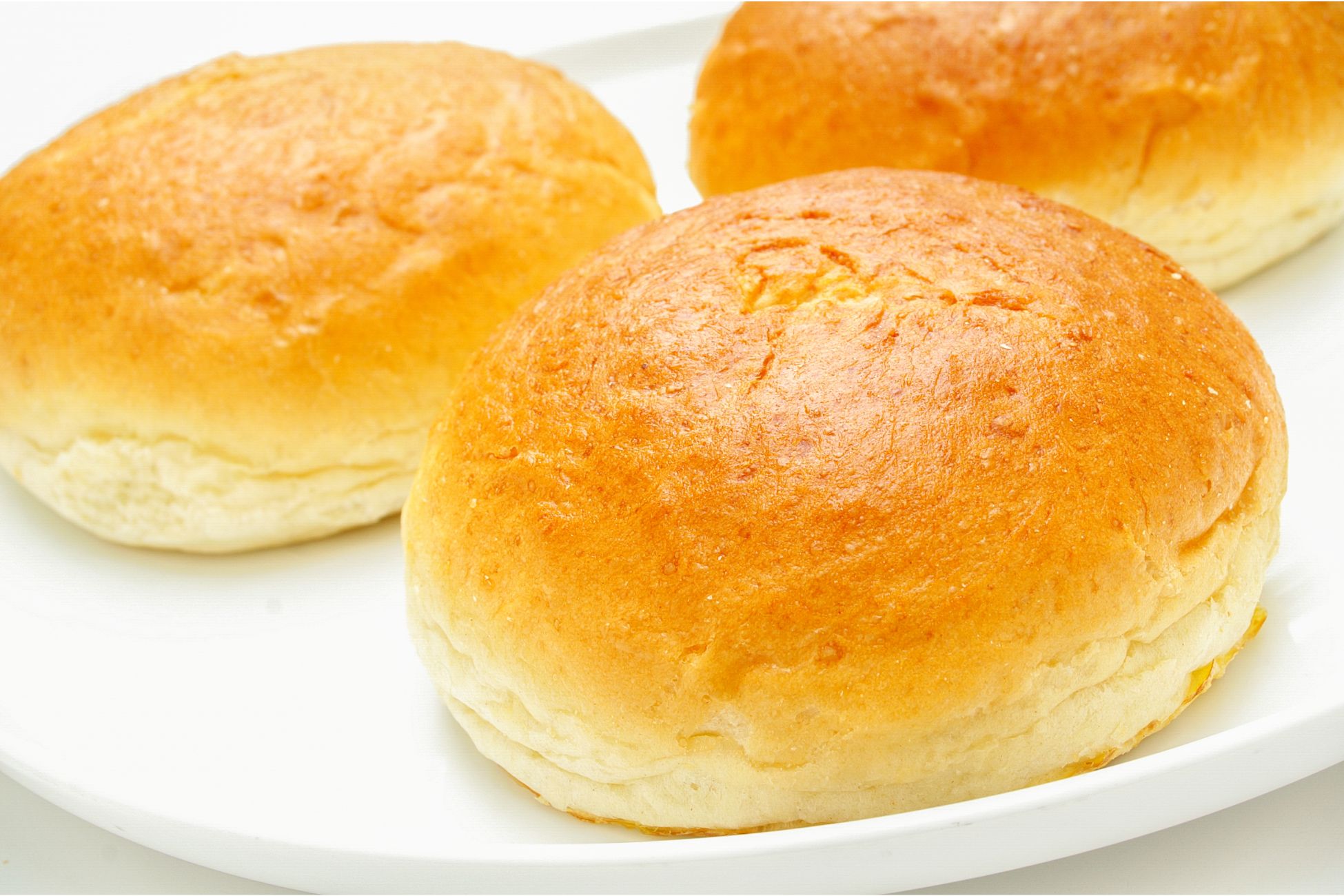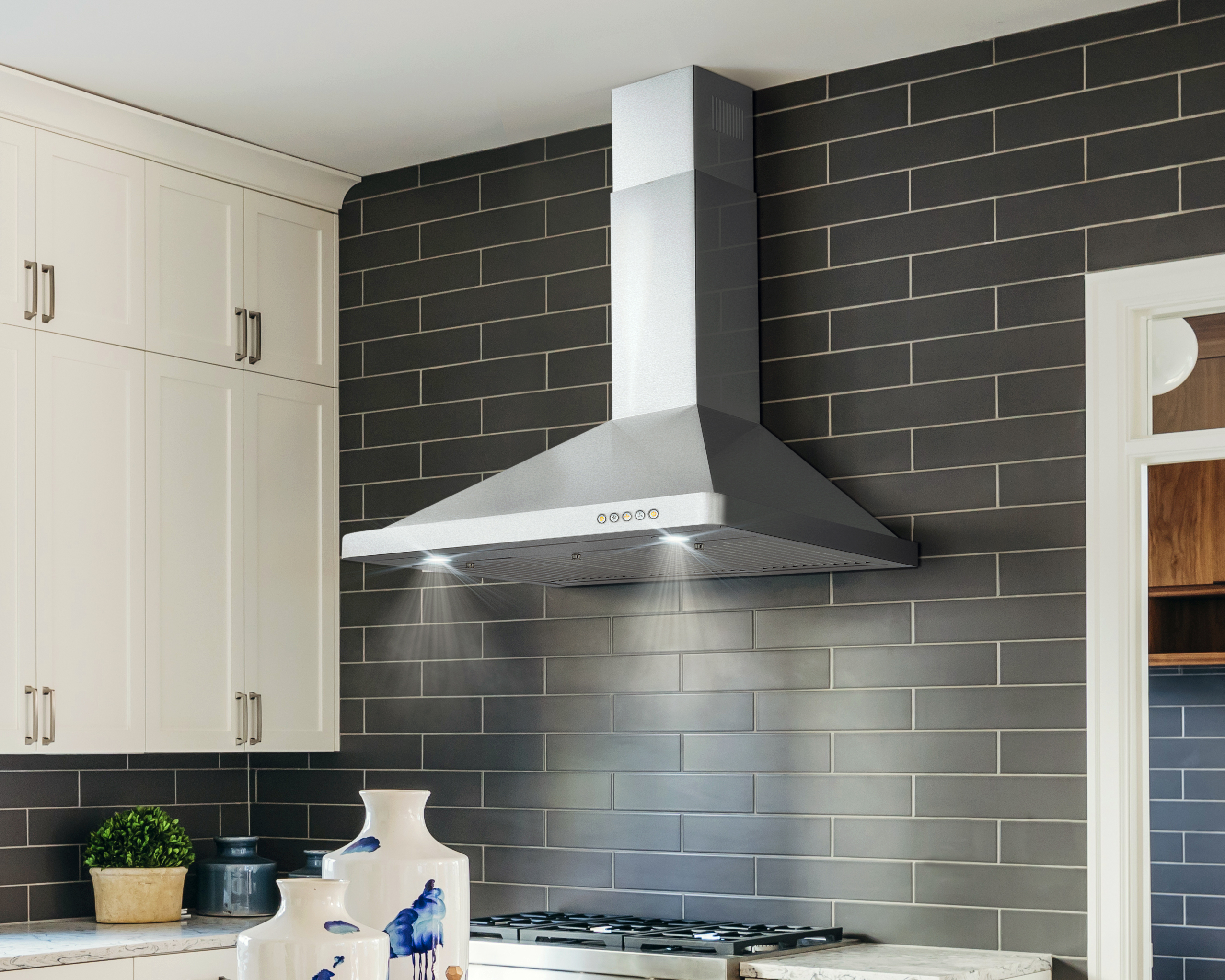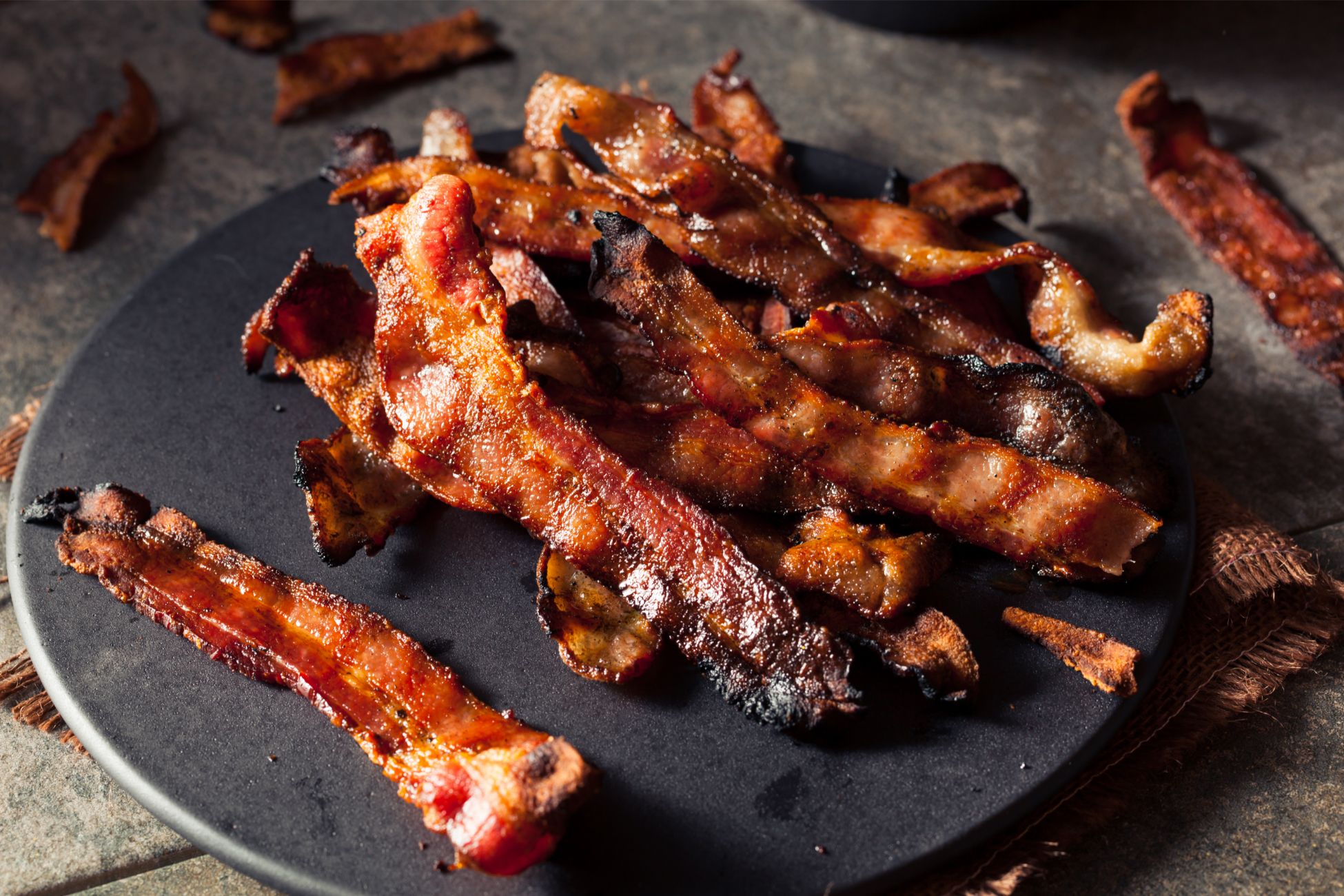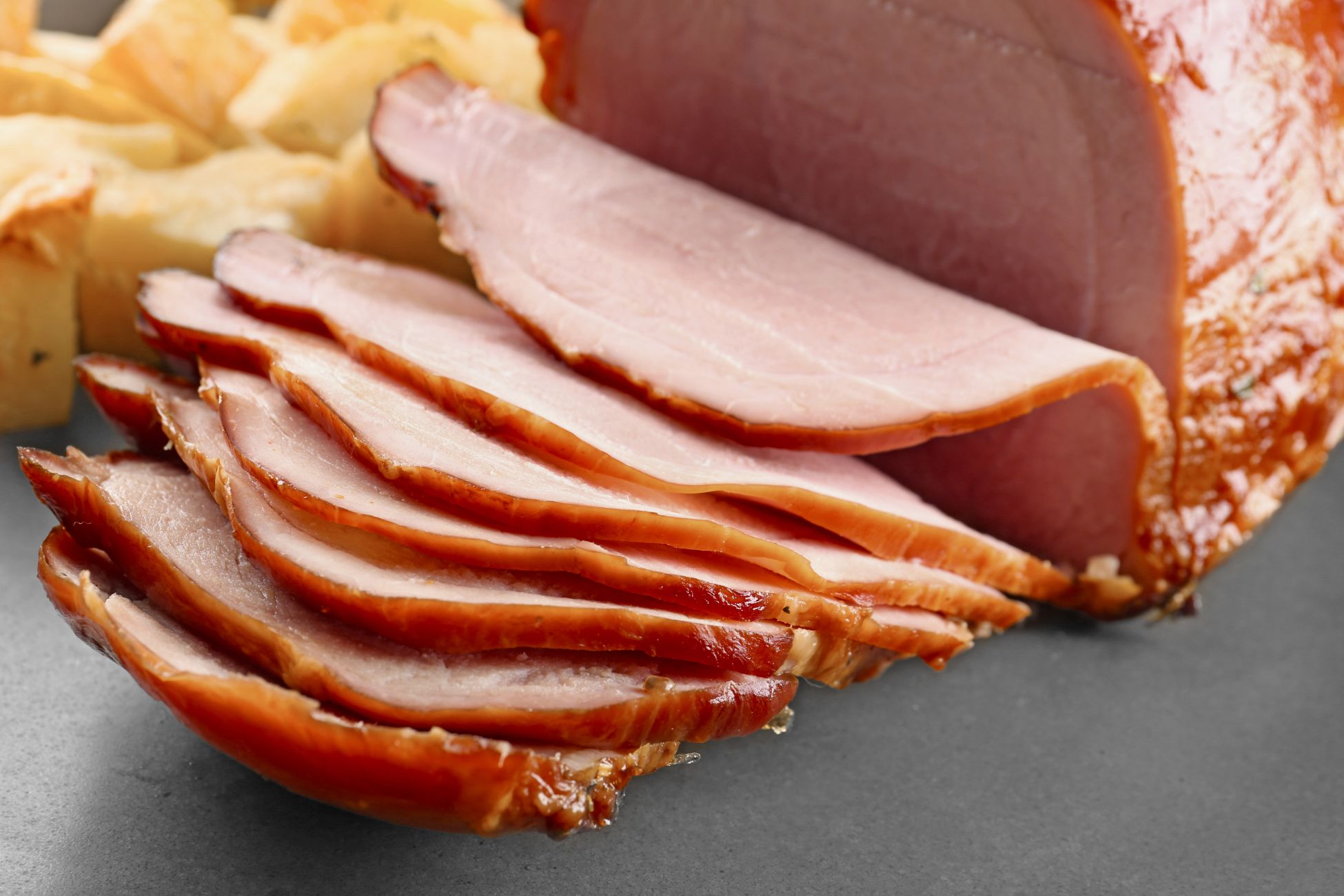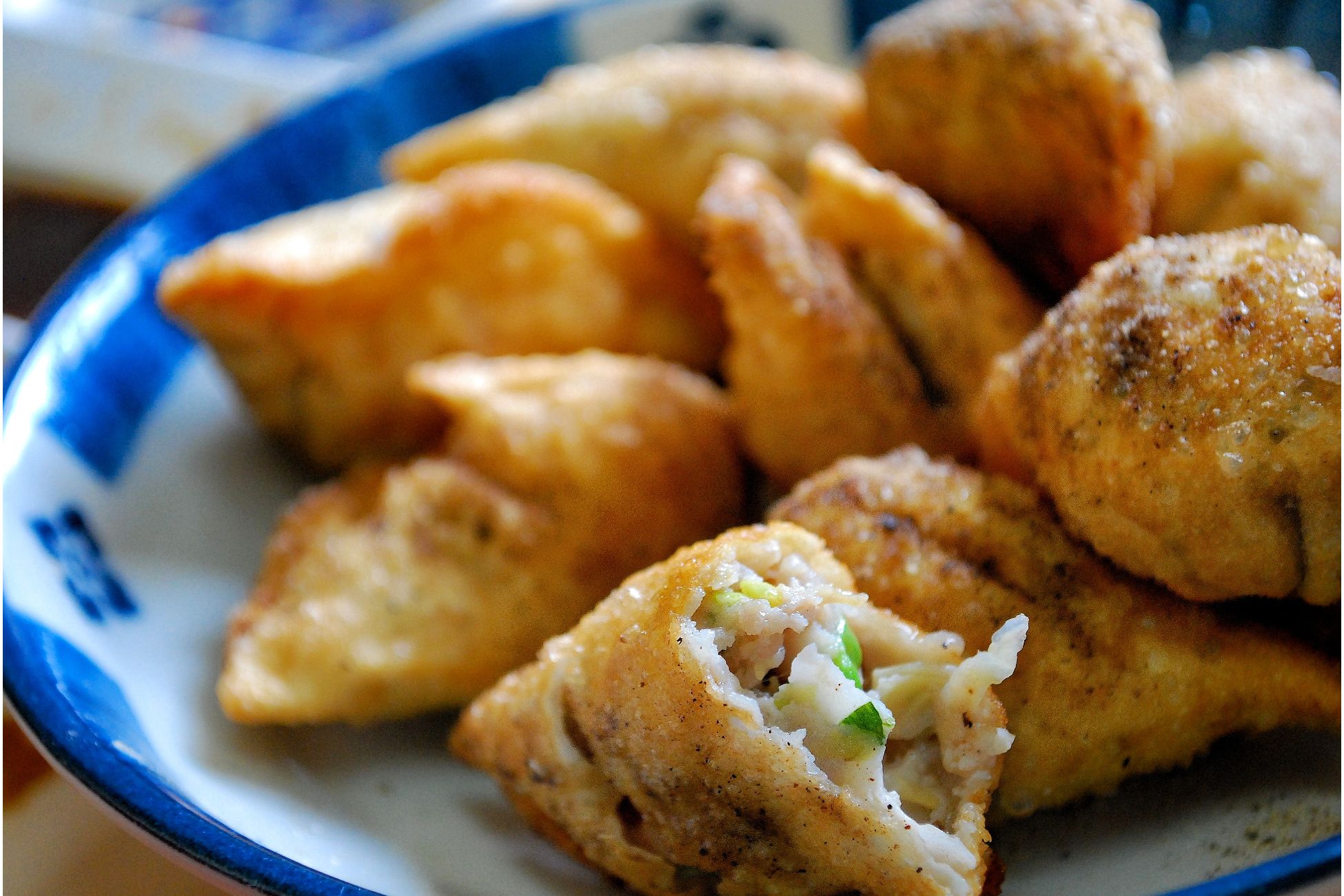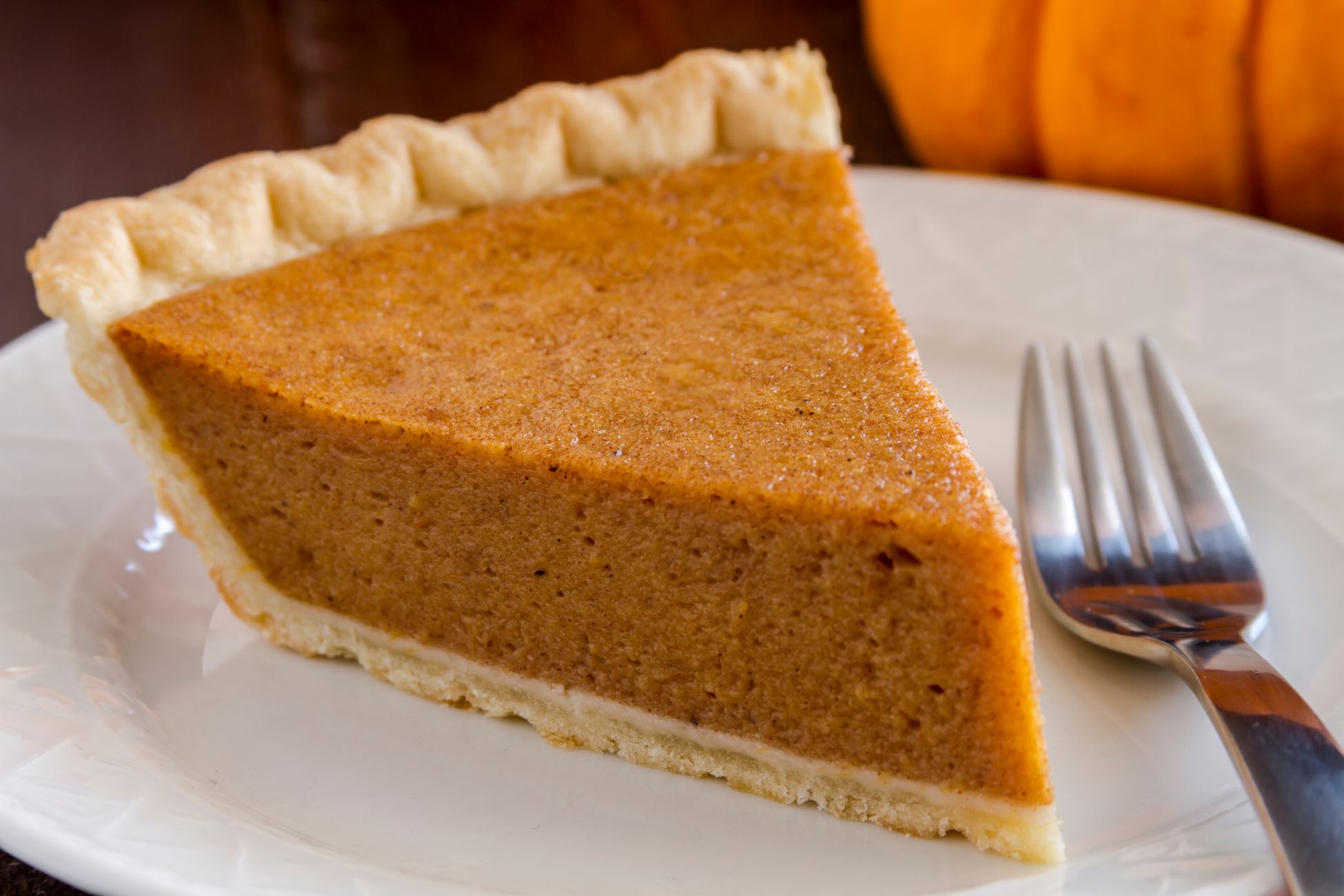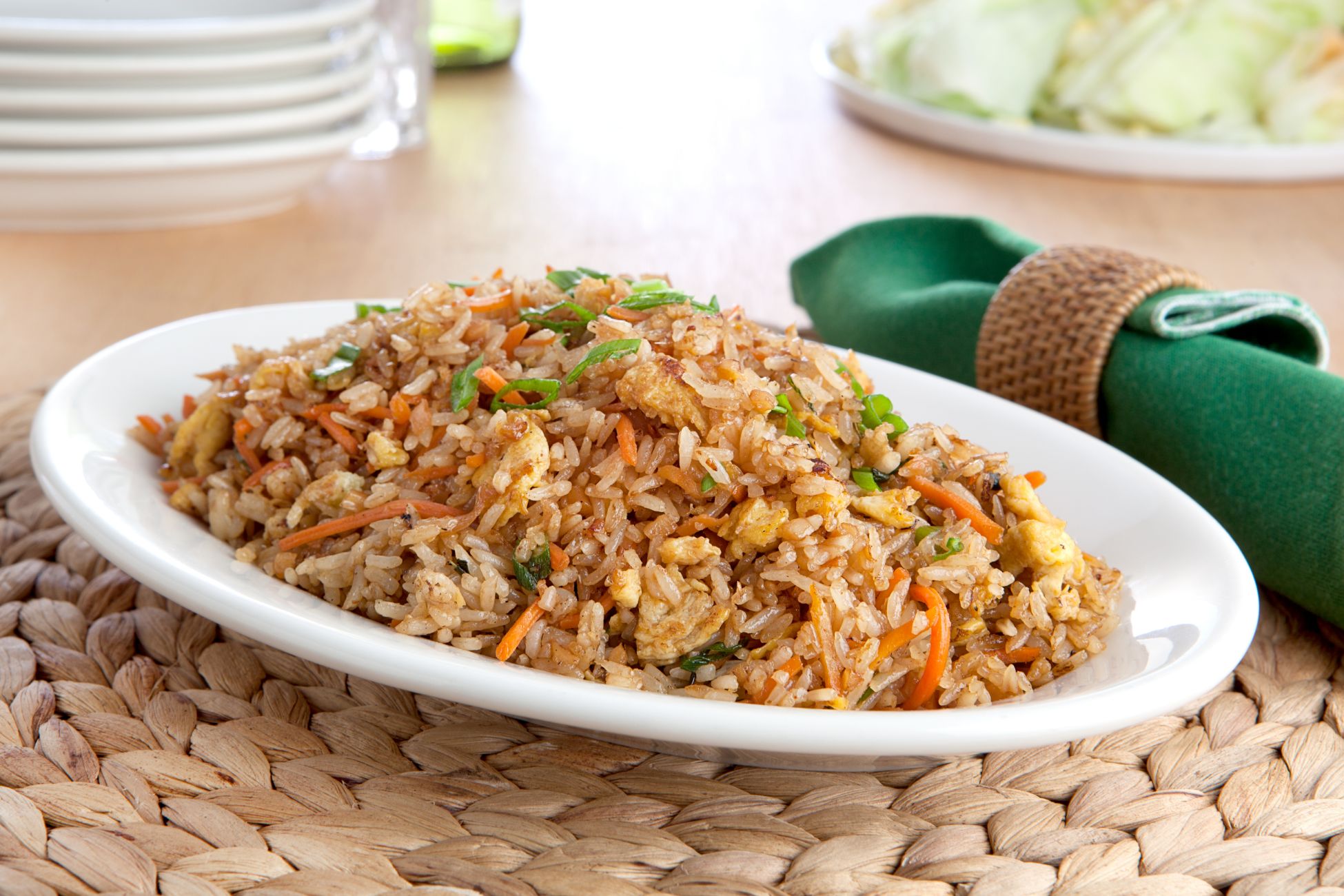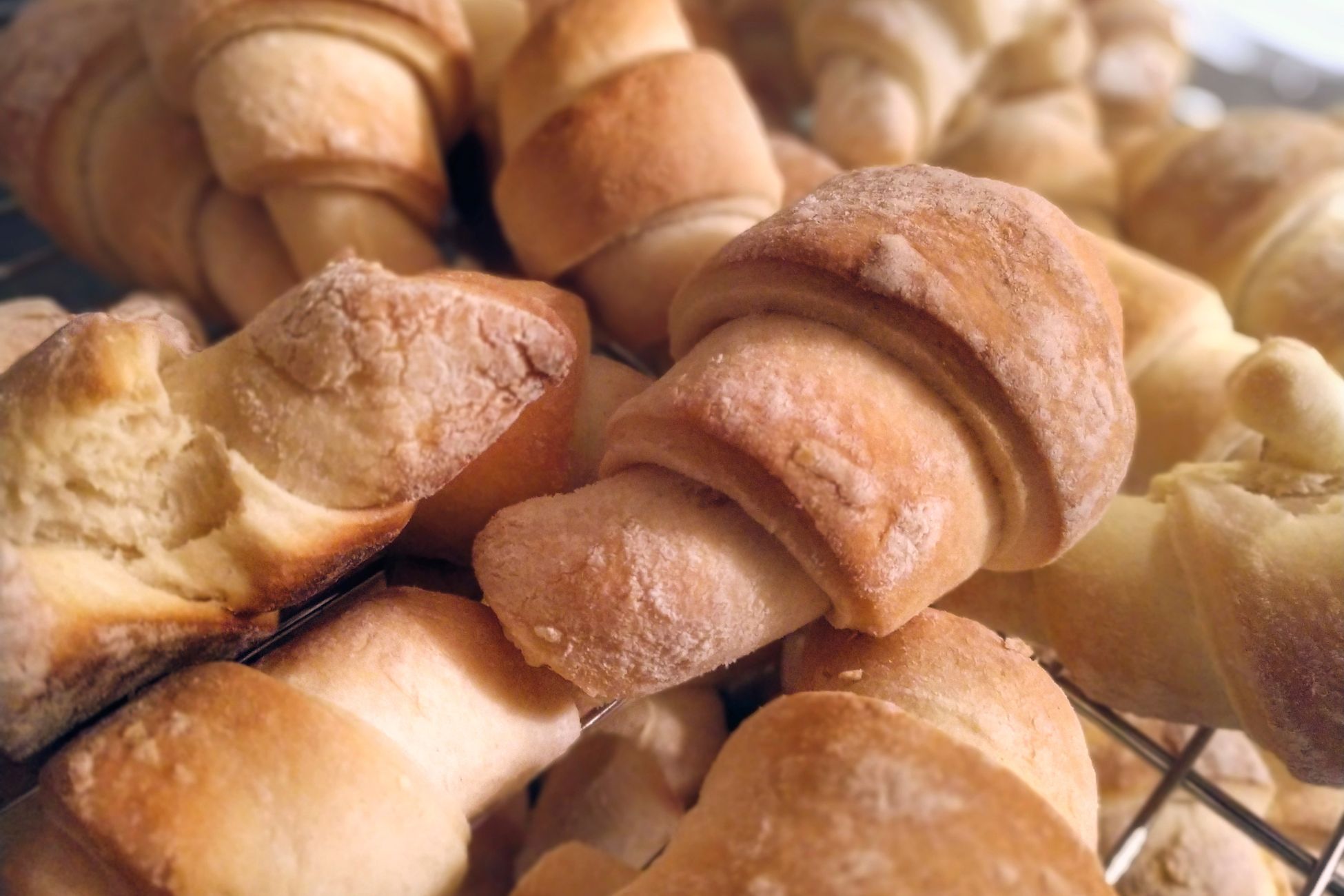Milk Bread Rolls Recipe
The perfect soft and airy everyday bread. These milk bread rolls rely on a smart trick called tangzhong, helping them stay fresh longer. Measure out ingredients to avoid adding too much flour or too little milk, leaving you with dry rolls. Ingredients For the tangzhong 1/4 cup (30g) bread flour 2/3 cup (160g) whole milk For the dough 1/2 cup (120g) whole milk, cold 1 large egg, cold 3 cups (360g) bread flour 1/4 cup (50g) sugar 2 teaspoons (9g) active dry yeast or instant yeast 1 teaspoon kosher salt 4 tablespoons unsalted butter (57g), softened, plus more for bowl and pan For the egg wash 1 large egg 1 tablespoon water Directions Make the tangzhong: In a small saucepan, add the flour and milk, and whisk until no lumps remain. Set it over medium-low heat and cook, whisking constantly, until the mixture thickens and looks like smooth mashed potatoes, about 2 minutes 30 seconds to 3 minutes.Use a rubber spatula to scrape the tangzhong into the bowl of a stand mixer fitted with a dough hook. Add remaining dough ingredients: To the tangzhong, add the cold milk, egg, flour, sugar, yeast, salt, and butter. The cold milk and egg will cool down the hot tangzhong, so you don’t need to cool it down before adding the ingredients. You don’t need to stir the ingredients together before kneading. Knead the dough: Knead the dough on medium speed for no less than 10 minutes, until it pulls away from the sides of the bowl and it’s no longer sticky. Resist the temptation to add more flour even if the dough initially looks too wet. It will become stiff, smooth, and wrap itself around the hook after it’s kneaded. Let the dough rise: Use your hands to pull the dough off the hook, form it into a ball, and place it back into the bowl. Cover the bowl with plastic wrap and let it rise at room temperature for about 1 1/2 hours, until the dough doubles in size. Overnight rise option: Right after you knead it, pop the bowl with the dough into the fridge for up to 24 hours. When you’re ready to bake the rolls, proceed with the recipe. Meanwhile, prepare the cake pan: Lightly grease a 9-inch square cake pan with butter and line it with one 9×14-inch parchment paper. You’ll use the slings that come up two sides to pull the rolls out of the pan after they bake. Shape the rolls: Punch the risen dough with your fist—it will deflate and pull away from the sides of the bowl. Transfer the dough onto a clean kitchen counter and divide it into 9 equal pieces—about 87 grams each. The dough won’t be sticky and will be easy to work with.To shape each roll: Flatten a piece of dough using the palm of your hands. Pull the outer edges up and over the center, all around. Pinch the pulled-up edges together and flip the dough over so that the smooth side is facing up. Cup your hands around it to shape it into a ball. Transfer it into the prepared cake pan and shape the remaining pieces. Distribute them evenly in the cake pan 3×3 with some room between each roll. Let the dough rise, again: Cover the cake pan with plastic wrap and let the dough rise at room temperature for 45 minutes to 1 hour. The rolls will rise to touch each other, but not quite double in size. Meanwhile, preheat the oven to 350°F: Place the oven rack in the center. Make the egg wash: Whisk the egg and 1 tablespoon water in a small bowl. Use a pastry brush to lightly brush the tops of the rolls with the egg wash. Bake the rolls: Bake the rolls until golden brown on top, 20 to 25 minutes. The rolls will dome and rise tall, about an inch past the top of the pan. An instant-read thermometer inserted into the center of a roll in the middle of the pan should read 190°F or higher.Allow the rolls to cool slightly in the pan. Use the parchment paper sling to pull them out and serve warm. Store leftovers in a zip top bag or a tightly lidded container for up to 4 days on your kitchen counter—they’ll remain soft and fluffy. It’s not magic, it’s the tangzhong! Source: Simply Recipes

